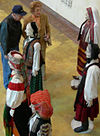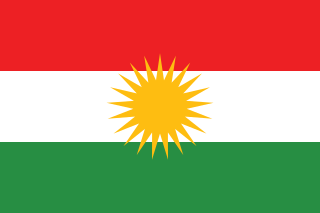
Kurds or Kurdish people are an Iranian ethnic group native to the mountainous region of Kurdistan in Western Asia, which spans southeastern Turkey, northwestern Iran, northern Iraq, and northern Syria. There are exclaves of Kurds in Central Anatolia, Khorasan, and the Caucasus, as well as significant Kurdish diaspora communities in the cities of western Turkey and Western Europe. The Kurdish population is estimated to be between 30 and 45 million.
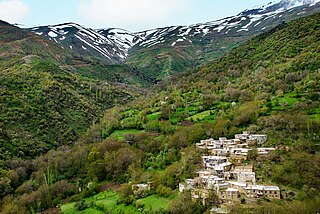
Kurdistan or Kordestan province, is a province in Iran. The province of Kurdistan is 28,817 km2 in area.

The Tower of David, also known as the Citadel, is an ancient citadel located near the Jaffa Gate entrance to the Old City of Jerusalem.

Sivas is a city in central Turkey and the seat of Sivas Province.

The Textile Museum is a museum of textile art in Washington, D.C. It is part of the combined George Washington University Museum and The Textile Museum on the university's main campus in Foggy Bottom. The museum was founded by collector George Hewitt Myers in 1925 and was originally housed in two historic buildings in D.C.'s Kalorama neighborhood: the Myers family home, designed by John Russell Pope, and an adjacent building designed by Waddy Wood. It reopened in March 2015 as part of George Washington University.

The Kirkuk Citadel is in the centre of Kirkuk, Iraq, and is considered to be the oldest part of the city. The citadel stands on an artificial mound 130 feet high located on a plateau across the Khasa River.
The Annazids or Banu Annaz (990/991–1117) was a Kurdish dynasty which ruled an oscillating territory on the present-day frontier between Iran and Iraq for about 130 years. The Annazids were related by marriage to the Hasanwayhids who they were in fierce rivalry with. The legitimacy of the Annazid rulers stemmed from the Buyid amir Bahāʾ al-Dawla and the dynasty relied on the Shadhanjan Kurds.

The Erbil Citadel, locally called Qelat is a tell or occupied mound, and the historical city centre of Erbil in the Kurdistan Region. The citadel has been inscribed on the World Heritage List since 21 June 2014.

Kurdish mythology is the collective term for the beliefs and practices of the culturally, ethnically or linguistically related group of ancient peoples who inhabited the Kurdistan mountains of northwestern Zagros, northern Mesopotamia and southeastern Anatolia. This includes their Indo-European pagan religion prior to them converting to Islam or Christianity, as well the local myths, legends and folklore that they produced after becoming Muslims.
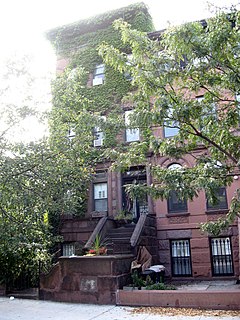
Kurdish Heritage Foundation of America, also known as Kurdish Library and Museum, was a cultural organization based in Brooklyn, New York. It collected items related to Kurdish culture, literature and history. Its library contained around 3,000 volumes on Kurdish-related subjects.

The Textile Museum of Canada, located in Toronto, Ontario, Canada, is a museum dedicated to the collection, exhibition, and documentation of textiles.

Erbil or Hawler and known in ancient history as Arbela, is the capital and most populated city in the Kurdistan Region of Iraq. It lies in the Erbil Governorate. It has an estimated population of around 1,600,000.

The Aleppo Citadel Museum is an archaeological museum located in the city of Aleppo, Syria, within the historic Citadel of Aleppo. It was opened in 1994 in the building of Ibrahim Pasha military barracks of the citadel, built in 1834. It occupies an area of 754 m² at the northern part of the citadel. The museum is home to many archaeological remains found in the citadel and belong to ancient civilizations.

Diyarbakır Fortress, is a historical fortress in Sur, Diyarbakır, Turkey. It consists of an inner fortress and an outer fortress.
A textile museum is a museum with exhibits relating to the history and art of textiles, including:
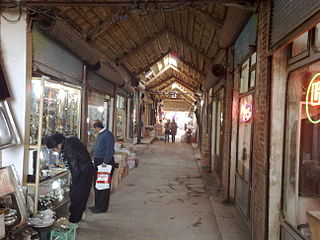
The Bazaar of Saqqez is a historical complex and place of trade of various goods between merchants of the region and across Iran, which is located in the center of Saqqez and plays a major role in the trade of various goods between Iran, Iraq and Turkey.
This page is based on this
Wikipedia article Text is available under the
CC BY-SA 4.0 license; additional terms may apply.
Images, videos and audio are available under their respective licenses.


